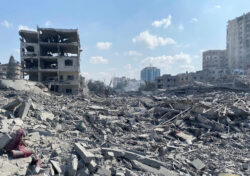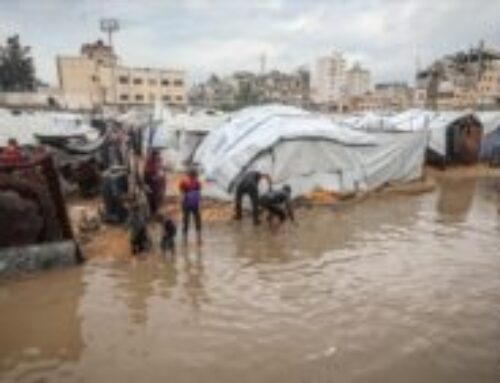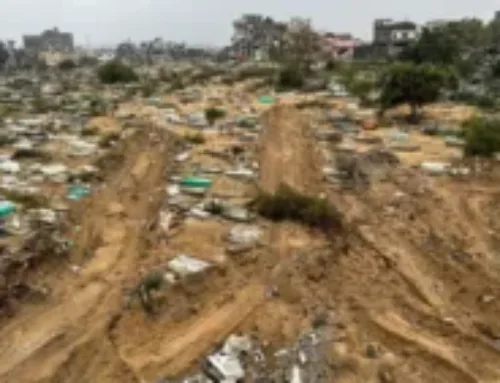Since the announcement of the ceasefire in Gaza and the beginning of the first phase of the usurping entity’s withdrawal from parts of the Strip, the people of Gaza have not known what calm truly means.The war that was said to have ended continues to write its chapters every night under the glow of explosions in the east and north — as if Gaza were forbidden to sleep except to the sound of destruction.
In the areas still occupied by the usurping entity, bulldozers continue to demolish homes under the pretext of “removing buildings near the border.” But residents call it by its real name — the continuation of war in its silent form. The echoes never stop, fear fills the air, and the night becomes a daily test of endurance.
Hanan Jundi, displaced from the Shuja’iyya neighborhood, says her heart “jumps with every new explosion,” unsure whether the war has truly ended or merely changed its schedule.
“We hear the blasts crossing the night,” she says. “They claim these are houses being destroyed beyond the yellow line — but our homes are there, beneath the rubble. Calm is not a political statement. Truce is when my children can sleep without fear.”
The same story repeats with Raeda Radwan, a teacher who once believed the ceasefire would restore Gaza’s long-lost quiet nights. Today, she teaches children amid anxiety, explaining lessons under the flicker of fear. They memorize numbers, but they no longer understand the meaning of safety. Each explosion takes them back to zero.
On the streets, taxi driver Omar Maqdad sums it up in a single phrase: “The sound is the same, and the fear is the same.” No one can tell whether it’s a new airstrike or another demolition — the outcome is identical: a city trembling upon itself.
What’s happening in Gaza is a deliberate policy to impose a new reality on the ground. The usurping entity seeks to keep the Strip trapped under control through the “management of fear,” not merely through open warfare.
These continued demolitions are the practical translation of its plans to maintain dominance over Gaza, while the American vision reinforces this reality by linking reconstruction to areas beyond the so-called yellow line — as if life itself were now mapped by the balance of power.
Military analyst Rami Abu Zubaida interprets the situation not as random explosions but as a calculated strategy of deterrence designed to keep Gaza under constant threat. The occupation seeks to create an atmosphere where the sound of war never fades, preventing society from regaining its balance. Its message is clear: the battle is not over.
In Gaza, the night drags on — filled with distant echoes and the scent of dust instead of the evening breeze. In the camps, people count the explosions as they once counted airstrikes, and the houses still waiting for reconstruction crack a little more with each tremor. The occupation withdraws on paper, yet leaves behind lines of fear and ruins. But Gazans know that calm is not measured by withdrawal statements — it is measured by the rare ability to sleep without being awakened once again by the sounds of war.





